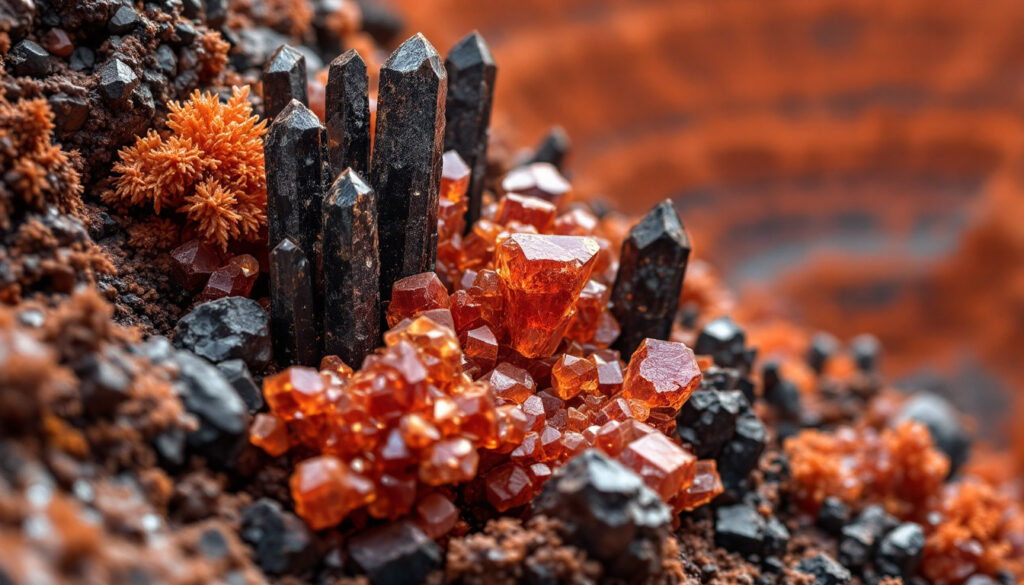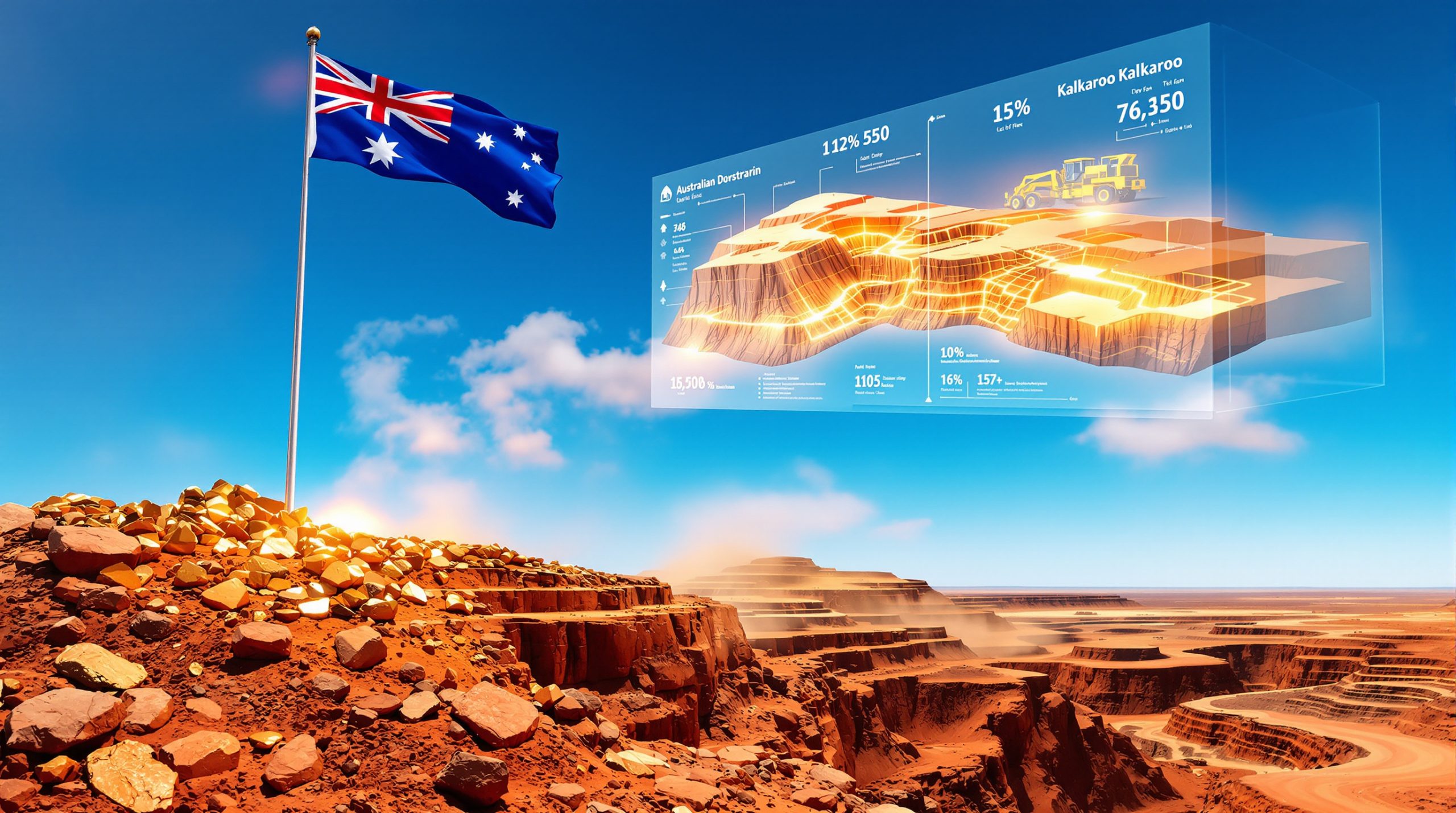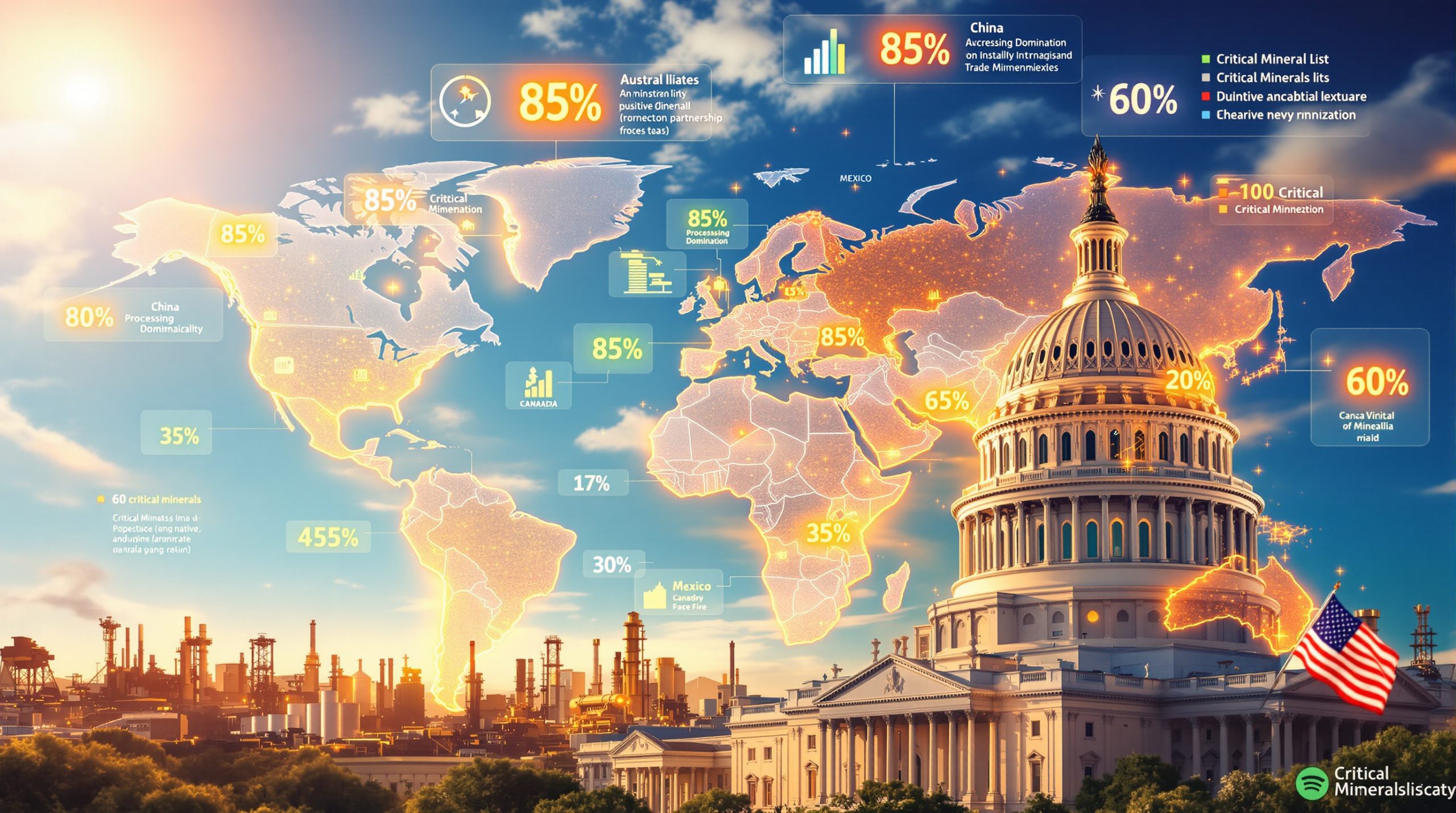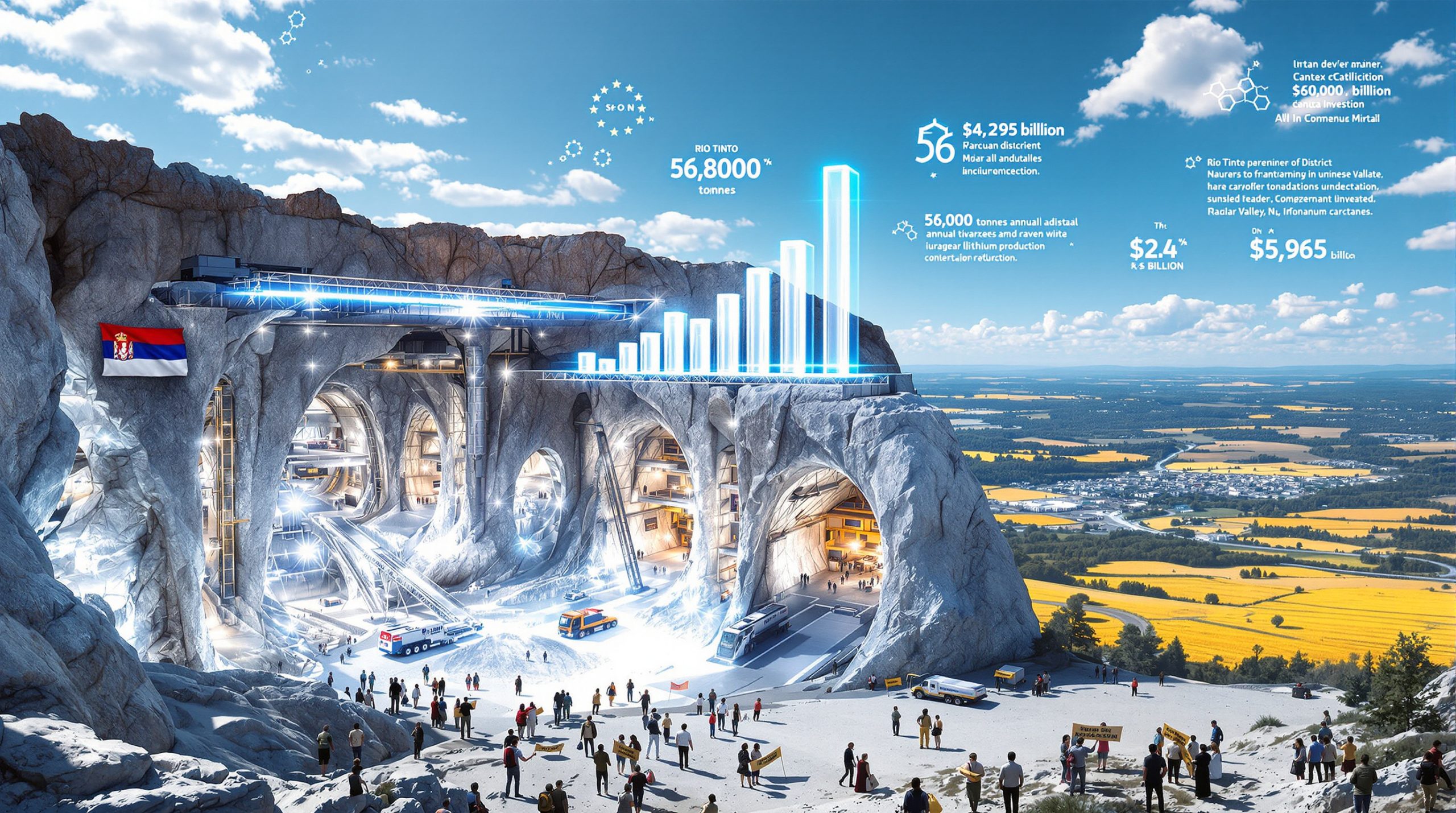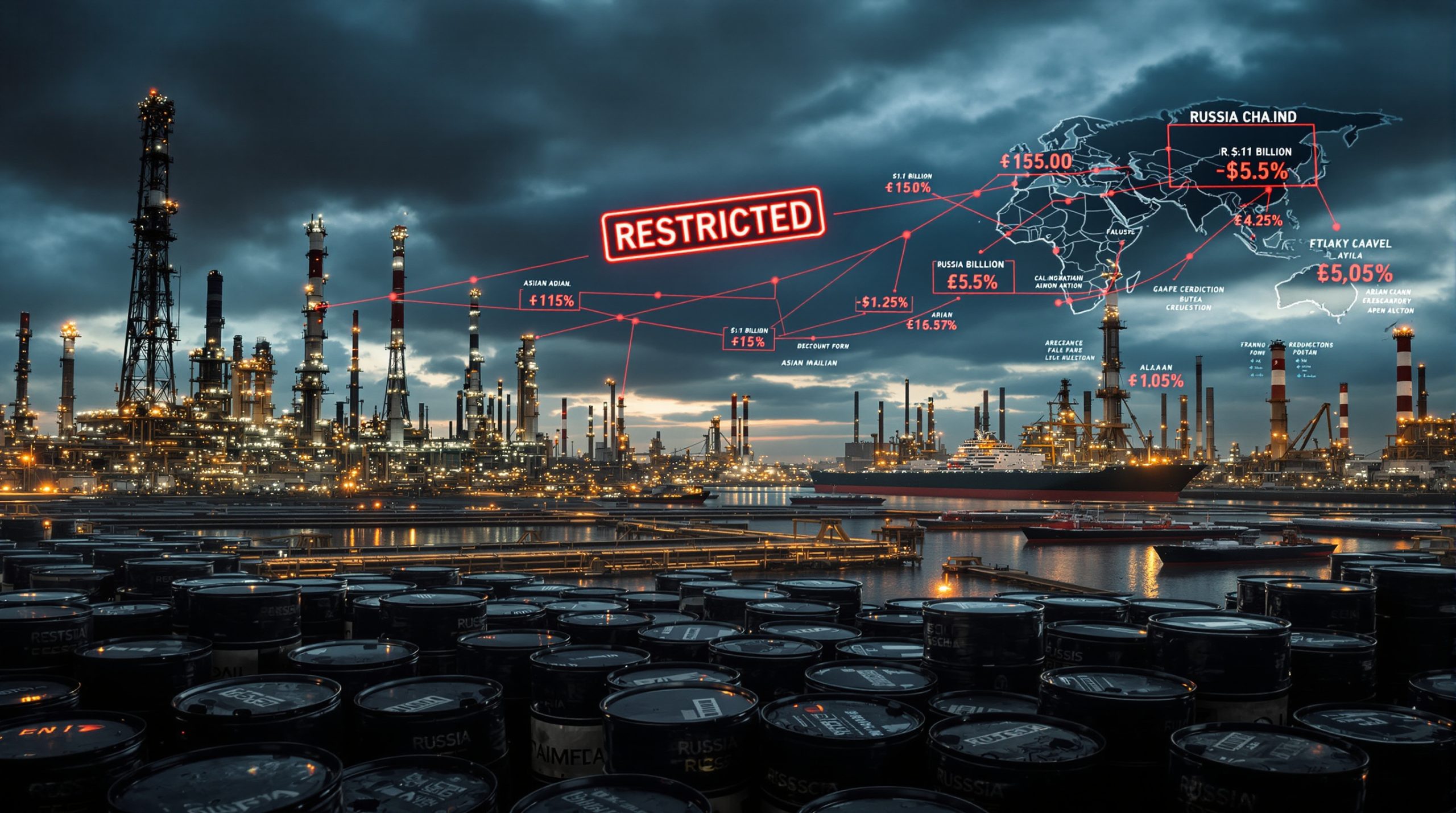What is Iron Ore?
Iron ore is a mineral substance that, when heated with a reductant, produces metallic iron (Fe). It primarily consists of iron oxides, with the main forms being:
- Hematite (Fe2O3) – Contains up to 70% iron and is considered one of the most important iron ores due to its high-grade concentrate and abundance
- Magnetite (Fe3O4) – Contains up to 72% iron and is known for its magnetic properties, being the only natural mineral that can act as a magnet
Iron ore containing over 60% hematite or magnetite is classified as high-quality iron ore, also known as direct shipping ore (DSO). Geologists often note that the Brockman Iron Formation in Australia's Pilbara region contains some of the world's most consistent high-grade hematite deposits, making it particularly valuable in global markets. Understanding economic ore deposits from layered complexes to kimberlites is essential for identifying valuable mineral resources.
Types of Iron Ore Deposits and Minerals
Main Deposit Types
- Massive hematite
- Magnetite
- Titanomagnetite
- Pisolitic ironstone
Banded Iron Formations (BIFs) are among the most significant iron ore deposits globally, formed over 1.8 billion years ago when oxygen first began accumulating in Earth's atmosphere, causing dissolved iron in ancient oceans to precipitate.
Primary Iron Ore Minerals
- Hematite (70% Fe) – Ranges from red/brown to black/silver with a distinctive reddish streak
- Magnetite (72% Fe) – Typically black, brown, or dark grey with occasional purple hues
- Goethite (63% Fe) – Ranges from brownish-yellow to dark brown
- Limonite (up to 60% Fe) – Appears bright yellow to dark brown
- Siderite (48.2% Fe) – Often presents with greyish-white tones
The quality of iron ore is also affected by gangue (commercially worthless material), particularly silica and phosphorus-yielding compounds that can complicate the steel-making process. Experienced geologists recognize that phosphorus content above 0.08% can significantly reduce steel quality, making low-phosphorus deposits particularly valuable.
How Does Iron Ore Look?
Iron ore's appearance varies considerably depending on the mineral type:
- Hematite can range from coarse to metallic in texture, with colors varying from red and brown to black, dark grey, or silver. All hematite specimens produce a reddish streak when scraped across a streak plate.
- Magnetite is commonly black, brown, or dark grey, sometimes with a deep purple hue, and has an opaque, metallic luster.
- Goethite ranges from brownish-yellow to dark brown.
- Limonite appears bright yellow to dark brown.
- Siderite typically presents with greyish-white tones.
Field geologists often use a simple magnet test to differentiate between magnetite and other iron ore minerals, as magnetite is strongly magnetic while hematite shows little to no magnetic response. This practical identification method remains valuable even with modern analytical tools available.
What is Iron Ore Used For?
Steel Production
The steel-making industry consumes approximately 98% of all iron ore produced globally. Steel is essential for:
- Transportation infrastructure
- Construction
- Household appliances
- Energy infrastructure
- Rail systems
Interestingly, the average car contains about 900 kg of steel, and each ton of steel requires approximately 1.6 tons of iron ore in production. This relationship creates a direct correlation between automotive industry health and iron ore demand.
Other Applications (2%)
- Medical industry: Radioactive iron as a tracer element in research
- Manufacturing: Powdered iron for magnets, catalysts, and auto parts
- Pigmentation: Black iron oxide for polishing compounds
- Alloys: Creation of wrought iron (low carbon content alloy) for fencing, horseshoes, and piping
Lesser-known applications include iron oxide nanoparticles in targeted drug delivery systems and environmental remediation processes for soil and groundwater contamination.
How is Iron Ore Mined?
Mining Methods
There are two primary mining methods for iron ore extraction:
-
Surface Mining – The preferred method for most companies due to economic factors
- More cost-effective for large-scale operations
- Allows for extraction of ore near the surface
-
Underground Mining – Used when surface deposits aren't of high enough grade
- More costly but necessary for accessing deeper, higher-grade deposits
Industry experts note that the stripping ratio (waste material removed vs. ore extracted) is a critical economic factor in surface mining operations. Economically viable operations typically maintain ratios below 3:1, though high-grade deposits can sustain higher ratios.
Processing Steps
- Crushing – Ore is crushed to marble-sized pieces
- Separation – Materials are separated, with waste transferred to tailing bins
- Pelletizing – Iron ore fines are sent to a pelletizing plant
- Agglomeration – Fines are agglomerated into pellets through sintering
- Hardening – Pellets are hardened using a furnace
- Supply – Finished pellets are supplied to blast furnaces or DRI plants for steel production
Advanced mining operations now employ AI-driven ore sorting technology that can reduce energy consumption by up to 15% while improving recovery rates of valuable minerals. This technology represents a significant advancement in sustainable mining practices.
What is the Current Iron Ore Market?
Global Demand
- Global demand decreased in 2022 due to rising inflation
- Raw steel production globally decreased from 85.5Mt in 2021 to 82Mt in 2022
- China remains the largest consumer, accounting for 62% of Australia's iron ore exports
- Australia earned approximately AU$108.9B from iron ore exports to China in 2021-22
Market analysts observe that the steel intensity of GDP (steel consumption per unit of economic output) is declining in mature economies as they shift toward service sectors, while developing economies maintain higher steel intensities during industrialization phases. Recent iron ore price volatility has created challenges for industry stakeholders.
Global Supply
- Global mine production decreased from 2,680,000t of usable ore in 2021 to 2,600,000t in 2022
- Supply levels are expected to rise as the market improves in 2023
A key market dynamic often overlooked is the quality spread premium (QSP), which reflects the price difference between high-grade and standard-grade iron ore. This spread has widened in recent years as Chinese steelmakers prioritize environmental performance, creating a structural advantage for premium ore producers.
Who Are the Largest Iron Ore Producers?
By Country
- Australia – Produced approximately 880Mt in 2023
- Brazil – Produced approximately 410Mt in 2023
- Other significant producers include China, India, and Russia
Australia's dominance in iron ore production is largely due to the exceptional geological conditions in the Pilbara region, which hosts deposits formed over 2.5 billion years ago that have undergone minimal geological disruption compared to similar-aged deposits elsewhere.
By Company
-
Vale (BOVESPA: VALE3) – Produced 319.6Mt in 2021
- Operates the Carajás Mine in Brazil with 7.27B tonnes of iron ore reserves
-
Rio Tinto (ASX: RIO) – Produced 276.6Mt in 2021
- Operates 16 mines in Western Australia's Pilbara region
-
BHP (ASX: BHP) – Produced 245.4Mt in 2021
- Operates five mines in the Pilbara region
- Implemented Australia's largest new iron ore mine in over 50 years (South Flank)
-
Fortescue Metals Group (ASX: FMG) – Produced 84.7Mt in 2021
- Operates the Christmas Creek Mine in Western Australia
Investment analysts note that the cost position on the global cost curve is often more important than absolute production volume when evaluating iron ore producers. Low-cost producers like Rio Tinto and BHP can remain profitable even during severe price downturns, whereas higher-cost producers may struggle. For those interested in the sector, a beginner's guide to investing in mining stocks can provide valuable insights.
Why is the Pilbara Region Important?
The Pilbara region in Western Australia is a mining powerhouse that:
- Contributes significantly to Australia's national wealth
- Houses iron ore and liquefied natural gas industries valued at over AU$70B
- Represents more than 70% of mineral and energy production in Western Australia
- Provides Australian producers with a logistical advantage over Brazilian competitors:
- Advanced port facilities
- Only 12 days shipping time to China (compared to 45 days from Brazil)
Geological experts highlight that the Pilbara's iron ore formations underwent a unique weathering process called supergene enrichment, which naturally concentrated iron content while removing impurities. This geological process, which occurred over millions of years, created the high-grade direct shipping ores that require minimal processing.
What is the Current Iron Ore Price?
As of March 29, 2023, the spot price of GSCI Iron Ore was US$112.37/t according to S&P Global Commodity Insights.
Historical Price Performance
- Pre-2000s: Iron ore typically traded below US$30/t
- 2000s-2010s: Prices climbed sharply toward US$200/t due to China's surge in steel production
- February 2022: Prices reached US$153.55/t
- June 2022: Prices dropped to US$121.95/t (down 24% from March 2022 high of US$160.30/t)
- September 2022: China's iron ore imports reached 287Mt (up 7.3% from previous quarter)
Commodity traders often note that iron ore exhibits higher price volatility than many other bulk commodities due to its relatively inelastic supply-demand dynamics. Major production disruptions, like the 2019 Vale dam disaster in Brazil, can cause price spikes of 30% or more in just weeks.
What is the Iron Ore Price Forecast?
- Short-term (2022-2023): Improved outlook with average spot price for 62% Fe iron ore fines at US$100/t
- Medium-term (2024): Prices projected to decline toward lower longer-run levels, averaging US$75/t
- Factors influencing this decline include:
- More modest growth in blast-furnace steelmaking from major producers
- Global initiatives to implement low-emission, greener mining methods
Market strategists point to China's property sector as a critical leading indicator for iron ore demand, with residential construction accounting for approximately 30% of Chinese steel consumption. The ongoing structural shifts in China's real estate market suggest a potential long-term moderation in steel intensity. Canberra's iron ore price forecast provides important context for Australia's mining sector outlook.
What is the Iron Ore Market Outlook?
Australian Exports
- Expected to increase by 2.5% in 2022-23 to 896Mt
- Projected to grow by 2.7% to 920Mt in 2023-24
Earnings Forecast
- Despite increased export volume, overall earnings are expected to decrease
- Australia's reliance on China (82% of 2022 export earnings) makes it vulnerable to China's economic challenges
- Earnings predicted to decrease from AU$113B in 2022-23 to AU$95B in 2023-24
Industry Challenges
- Environmental regulations affecting steel and iron production
- Push for environmentally-conscious mining methods
- Need for alternative low-emission methods for mining and production
Industry analysts highlight the emerging importance of hydrogen-based direct reduced iron (DRI) technology, which could fundamentally alter iron ore demand patterns. DRI processes typically require higher-grade ore (67%+ Fe) with lower impurities, potentially creating a two-tier market that favors premium ore producers. In response to these and other challenges, companies like BHP are developing strategic responses to navigate global trade complexities.
FAQ About Iron Ore
What makes iron ore valuable?
Iron ore's value comes from its iron content and the ease with which it can be processed. High-grade ores containing over 60% iron are particularly valuable as they require less processing and produce higher-quality steel with fewer impurities. Metallurgists note that each 1% increase in iron content typically reduces coking coal requirements by approximately 2% in blast furnace operations, significantly improving cost efficiency and reducing carbon emissions.
How is iron ore graded?
Iron ore is primarily graded based on its iron content percentage. High-grade ores contain 60-70% iron, medium-grade ores contain 50-60% iron, and low-grade ores contain less than 50% iron. The presence of impurities like silica, aluminum, and phosphorus also affects grading. Quality specifications increasingly include detailed analysis of trace elements like titanium, vanadium, and chromium, which can significantly impact steel properties.
What is the difference between hematite and magnetite?
While both are iron ore minerals, hematite (Fe2O3) contains about 70% iron and is reddish-brown to black, while magnetite (Fe3O4) contains about 72% iron, is black, and has magnetic properties. Magnetite requires more processing but can produce a higher-grade concentrate. Interestingly, magnetite processing, though more energy-intensive initially, often results in steel production with a lower overall carbon footprint due to the reduced energy requirements in the blast furnace.
How does iron ore trading work?
Iron ore is traded on commodity exchanges with prices typically quoted in US dollars per dry metric ton. The benchmark price is usually based on 62% Fe content delivered to Chinese ports (CFR China). Contracts can be spot (immediate delivery) or futures (delivery at a specified future date). The iron ore derivatives market has grown significantly, with sophisticated financial instruments now available that allow producers and consumers to hedge price risks up to two years forward.
The assay guide to iron ore continues to evolve as technology advances, with new measurement techniques like automated mineralogy and hyperspectral imaging providing increasingly detailed information about ore quality beyond simple iron content percentages.
Seeking Actionable Insights for Your Mining Investments?
Stay ahead of the market with Discovery Alert's proprietary Discovery IQ model, providing real-time notifications on significant ASX mineral discoveries across commodities like iron ore. Discover how major mineral findings can generate substantial returns by exploring our dedicated discoveries page and begin your 30-day free trial today.
